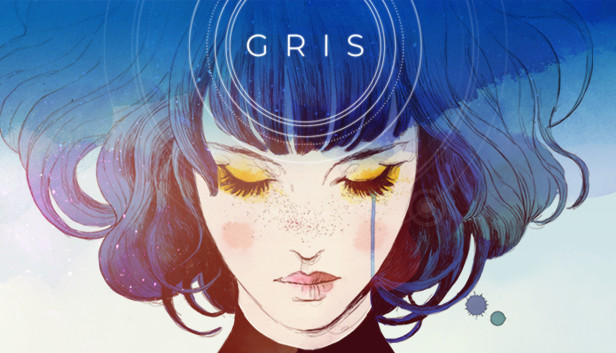Adventure genre can be defined as games that focus on exploration, story-driven gameplay, and puzzle-solving. Players will oftne taken on the role of a protagonist on a quest, uncovering narratives through interactive environments and characters. Adventure games emphasise immersion and challenge players to think critically rather than rely heavily on fast-paced action.
LIMBO

After sharing my game idea with Sophie, our in-house games artist in residence, they recommended I play Limbo, a 2D sidescroller platoformer, because of its sombre aesthetic and overall dark tone. I played the main to completion and it took me about 3 hours.
I had felt the same kind of unnerving discomfort from other games such as Little Nightmares but I think that Limbo’s simple visuals paired with its grotesque audiovisuals really makes it stand out. Limbo uses a palette of purely black and white tones, lighting, film grain effects and ambient sounds to create a sinister atmosphere. The puzzles were incredibly intuitive for the typical puzzle-platformer mechanics (run left or right, jump, climb ledges, up/down ladders and ropes, push/pull objects) and I had fun making my way through knowing that any wrong step or move would result in (another) death, the game really does keep you on edge and thinking constantly.
Whilst I didn’t quite grasp the story of the game while playing because of its open-ending and lack of any and all explanation throughout, the subtext was undoubtedly about death – the name ‘Limbo’ itself refers to the world between life and death. There are many different theories about the plot of the game but ultimately the ending was purposely left vague and unanswered by the developers.
Limbo’s dark, moody aesthetic and environmental storytelling evokes a sense of unease and introspection. I plan to take the same approach in the design of my game to visually represent the emotional weight of grief, with each stage of grief could have its own distinct atmospheric and visual design, much like Limbo’s ability to convey emotions through stark visuals. Limbo’s trial-and-error gameplay aligns well with roguelite mechanics, where players learn through repeated attempts, symbolise the iterative, non-linear process of coping with grief. By playing and analysing Limbo, I’ve gained valuable insights into how to create a game that not only challenges players but also deeply engages them emotionally by mirroring the complexities of grief.
Gris

Leave a Reply